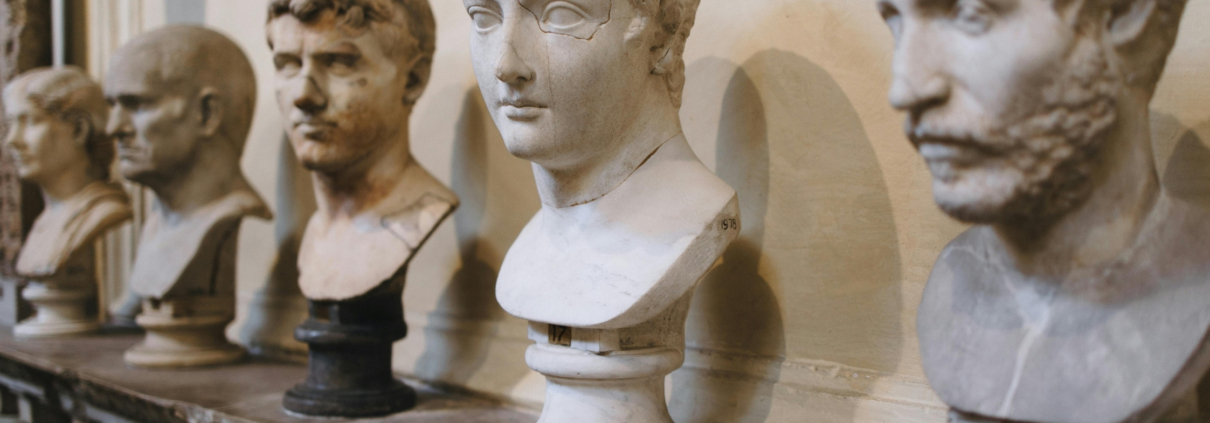UVA Light in the Analysis of Artworks:Discovering Hidden Details and Restoration
What is Art Analysis with UVA Light?
UVA light (315-400 nm wavelength) is a type of light that the human eye cannot see, but which some materials and pigments reflect differently due to fluorescence effects. This feature provides significant advantages in detecting damage that has occurred over time, restoration layers, and non-original interventions in artworks.
Artworks have been produced throughout history using various techniques and materials, becoming the most valuable elements of humanity’s cultural heritage. However, deterioration in works over time necessitates restoration. The most critical stage in restoration and conservation work is a detailed examination of the piece and an accurate diagnosis.
As Biohijyen Engineering, the UVA lamps we provide offer an effective tool for making subsurface layers of artworks and interventions that have occurred over time visible.
Primary Applications of UVA Light in the Art Field
- Detection of hidden details and previous restorations
- Analysis of varnish layers’ thickness and age
- Identification of retouched areas
- Observation of mold, fungus, and biological deterioration
- Revealing erased or invisible details such as signatures, dates, and text
Why Analyze with UVA Lamps?
- Accurate Diagnosis Before Restoration Understanding which parts of the work are original and which have been added later is critical for preserving the piece. Examinations under UVA light determine the necessity and scope of restoration.
- Material and Pigment Analysis Some pigments give characteristic fluorescence under UVA light. For example: • White pigments containing zinc produce a purplish glow • Varnishes typically create a greenish fluorescence This property helps confirm the authenticity of materials used in creating the artwork.
- Preservation of Artwork If biological deterioration (mold, fungus, etc.) exists on the surface of the artwork, UVA light can detect these, allowing for intervention planning. Microorganisms that develop especially in organic-based paints and varnishes become apparent under UVA light.
Technical Specifications of Biohijyen UVA Lamps
- Wavelength: 365 nm, high-intensity UVA LED
- Light Output: Lens system optimized for maximum area illumination
- Energy Consumption: LED technology with low energy usage
- Portable Design: Portable and tripod-compatible models
- Usage Safety: Low UVB/UVC exposure, protective eyewear and filter recommendations
- Service Life: 20,000 hours LED lifespan
Application Examples in Artwork and Restoration Areas
Painting Analysis
- Detection of retouching in Baroque and Renaissance oil paintings
- Signature and date identification processes
Sculpture and Ceramic Works
- Detection of subsequently repaired areas and filling materials
Manuscripts and Books
- Making erased or faded ink writings visible
Archaeological Artifacts
- Examination of painting and polishing layers on ceramic surfaces
Compliance with Legal Standards and Protection Methods
Biohijyen UVA lamps have been developed in compliance with ICOM-CC (International Council of Museums – Committee for Conservation) and E.C.C.O. (European Confederation of Conservator-Restorers’ Organisations) standards.
- Illumination intensity and wavelength limits are regulated to prevent damage to artworks.
- User manuals and accessories (special filtered glasses, etc.) are provided for eye health and skin protection.
Feedback from Restoration Experts
Some museums and conservation laboratories in Turkey and Europe, using Biohijyen UVA lamps, have:
- Shortened pre-restoration analysis times by 40%
- Reduced restoration errors by 90% through detection of retouched areas
- Achieved 100% acceptance rate of UV analysis reports in international inspections
The preservation of artworks and their transmission to future generations requires sensitive and scientific methods. As Biohijyen Engineering, the UVA lamps we develop are the most reliable assistants for conservation and restoration experts. By making invisible details visible, they ensure accurate evaluation of artworks and a healthy restoration process.



